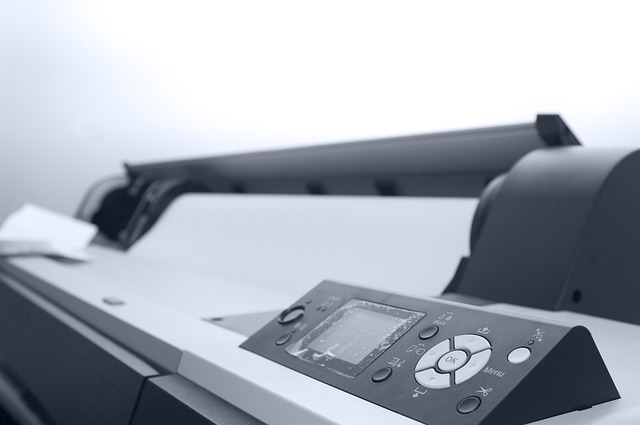Creating the ultimate home cinema room is a labor of love for film enthusiasts. One key element often overlooked is the broadcast format, which plays a crucial role in achieving the cinematic experience you crave. Whether you’re hosting blockbuster marathons or enjoying a quiet Saturday night with indie films, understanding broadcast formats can elevate your audio and video setup to a professional level.
When it comes to video, a variety of broadcast formats exist, each catering to different resolutions, color depths, and frame rates. The commonly known HD formats, such as 1080p, and the ultra-high definitions of 4K/8K, offer clarity and vibrancy that enrich your viewing experience. These formats define how sharp your images appear, whether it’s the breathtaking landscapes of an epic adventure or the intricate details in a dramatic close-up. For those seeking a true cinema vibe, opting for a projector that supports 4K can transform your space into a genuine movie theater.
On the audio front, the broadcast format influences how sound waves reverberate within your home cinema. Surround sound formats like Dolby Atmos can create a three-dimensional audio experience that pulls you into the action. Imagine hearing the distant rumble of thunder or the subtle whispers of characters on-screen as if they’re right in your living room. This immersive auditory experience is just as important as the visuals and can often make or break the home cinema experience.
In addition to picking the right audio and video broadcast formats, compatibility is essential. Ensuring your devices can communicate seamlessly is vital. For instance, not all HDTVs or projectors can handle every HD or 4K format. Researching your equipment’s specifications in relation to the broadcast formats you plan to use can prevent your cinematic dreams from falling flat due to compatibility issues.
Calibration also plays a pivotal role in maximizing your home cinema setup. Many devices allow for advanced settings to customize brightness, contrast, and sound profiles. Taking the time to fine-tune these settings based on the broadcast format can significantly enhance your viewing and listening experience. Utilizing tools like calibration discs or software can help guide you in achieving that perfect balance, immersing you deeper into the film.
For those who are streaming content, understanding how different platforms utilize broadcast formats is important, too. Some services may offer content in various formats, which means that you can choose what works best for your setup. This knowledge allows you to experience movies and shows in their highest quality, making sure you don’t miss out on those important details that can enhance the story you’re watching.
Finally, it’s worth mentioning that the world of broadcast formats is continuously evolving. As technology advances, new formats emerge that can redefine our audio-visual experiences. Keeping up-to-date with the latest developments can significantly contribute to your home cinema’s dynamic capabilities, ensuring that every film night feels fresh and exciting. Taking the time to explore these changes may open new doors to cinematic masterpieces previously hampered by outdated technology.


